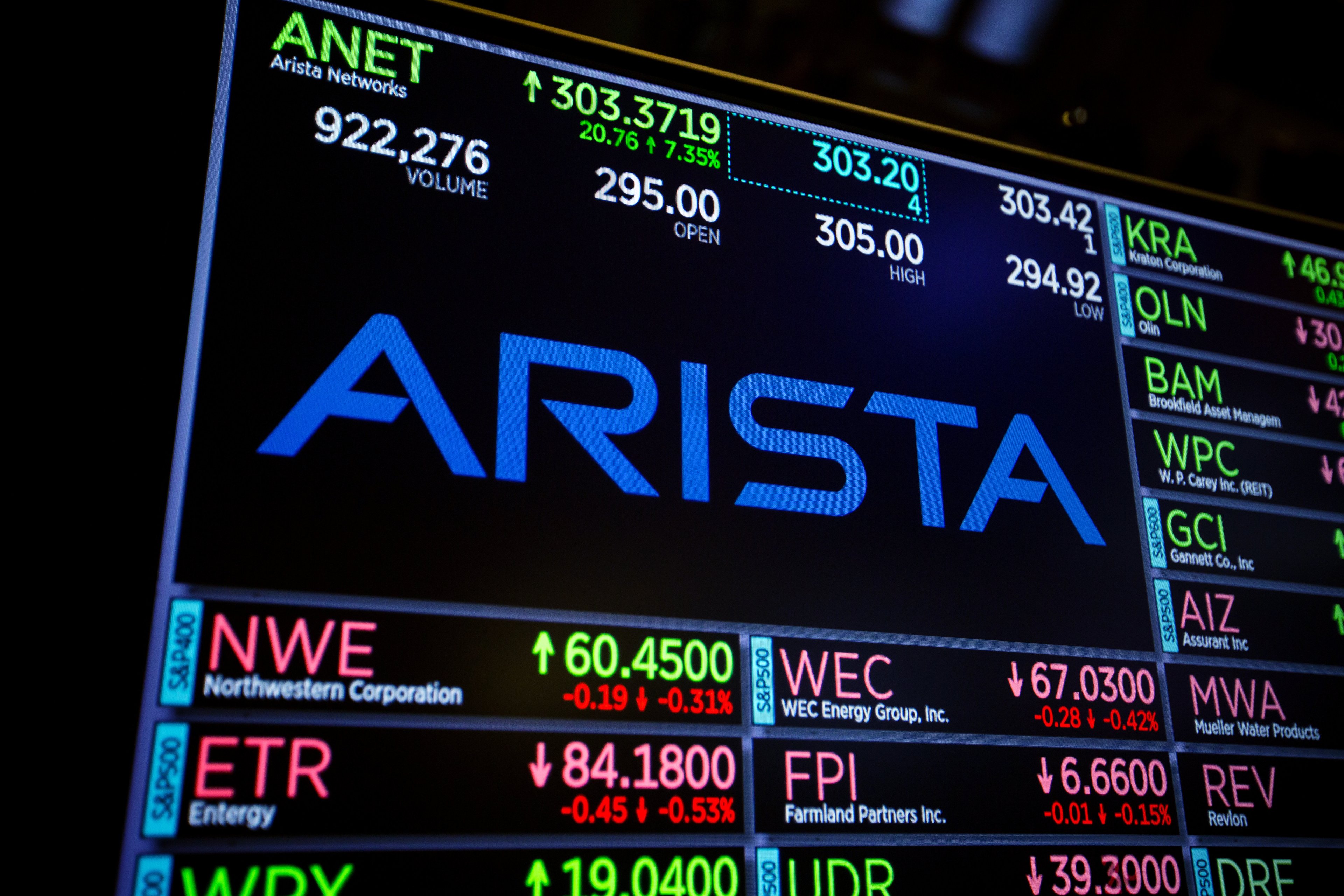Shares of data center switching company Arista Networks (ANET +0.48%) fell on Friday, down 6.9% as of 1:28 p.m. ET.
The data center switching company held its analyst day yesterday, during which management gave longer-term projections. While those growth projections seemed quite good, investors may have been a tad underwhelmed, given the rise in the stock this year and especially the recent blockbuster growth outlook delivered by Oracle and other artificial intelligence (AI)-related companies in recent days.

NYSE: ANET
Key Data Points
Arista sees strong growth, but is it enough?
In its analyst day presentation, Arista projected a 20% compounded annualized growth rate between fiscal 2023 and fiscal 2026, which will then decelerate to a mid-teens growth rate between fiscal 2026 and fiscal 2029. Management also forecast an adjusted (non-GAAP) gross margin range of between 60% and 64%, as well as an adjusted operating margin target of 43% to 45%.
While that outlook seems very strong in isolation, it's possible that investors viewed the guidance as conservative. After all, even after today's drop, Arista still trades at over 55 times earnings, which may imply that investors were anticipating more. Furthermore, last quarter, Arista forecasted a 64% adjusted gross margin and a 47% adjusted operating margin for the current quarter. So, management is essentially guiding for slightly lower margins in the future than the company is making today.

Image source: Getty Images.
Investors shouldn't panic
It's possible that Arista was being a bit conservative, as all companies like to beat their own projections. Meanwhile, Arista is still in a good place at the center of data center networking, which is a key bottleneck in scaling up AI systems.
Therefore, investors probably shouldn't panic over the guidance. Today's action appears to be a round of profit-taking after the stock had already appreciated 40% this year to date before today's sell-off. While the stock may be an expensive one to buy today, it remains a hold for current investors, not a sell. Meanwhile, new investors may want to wait for a better entry price.





